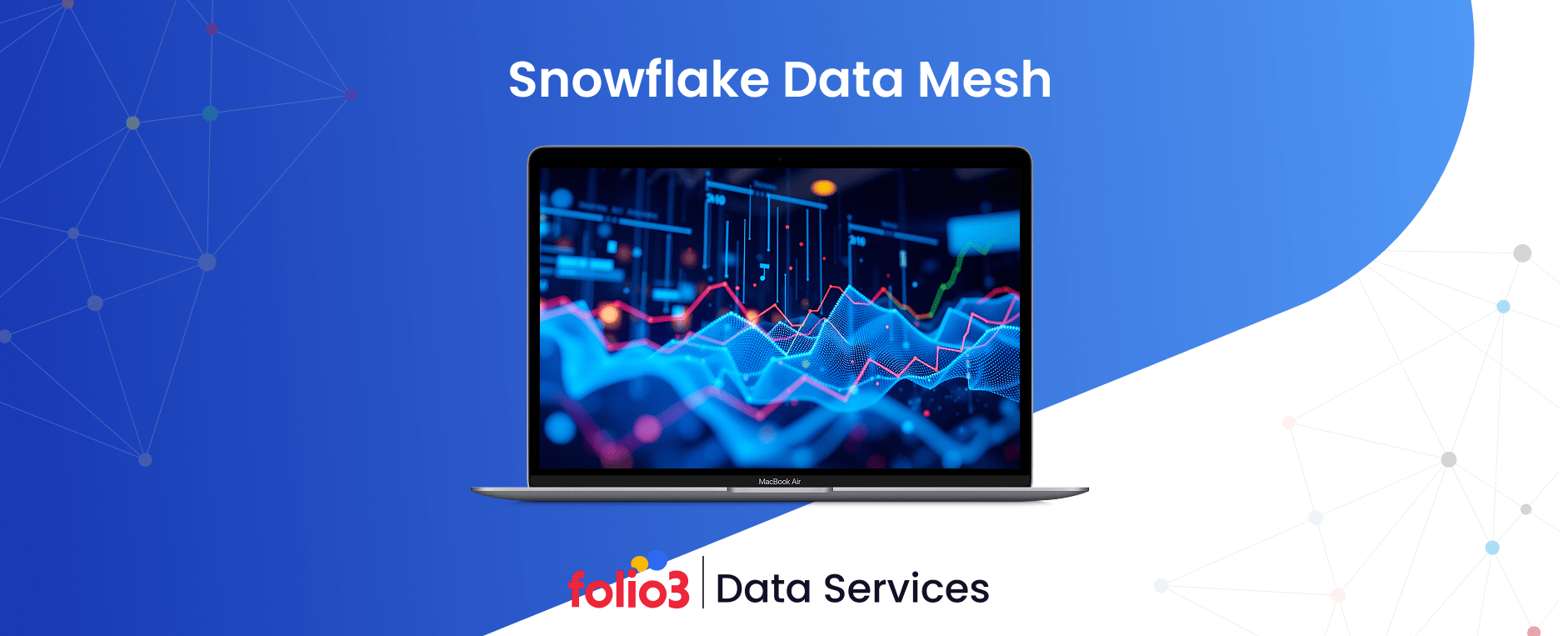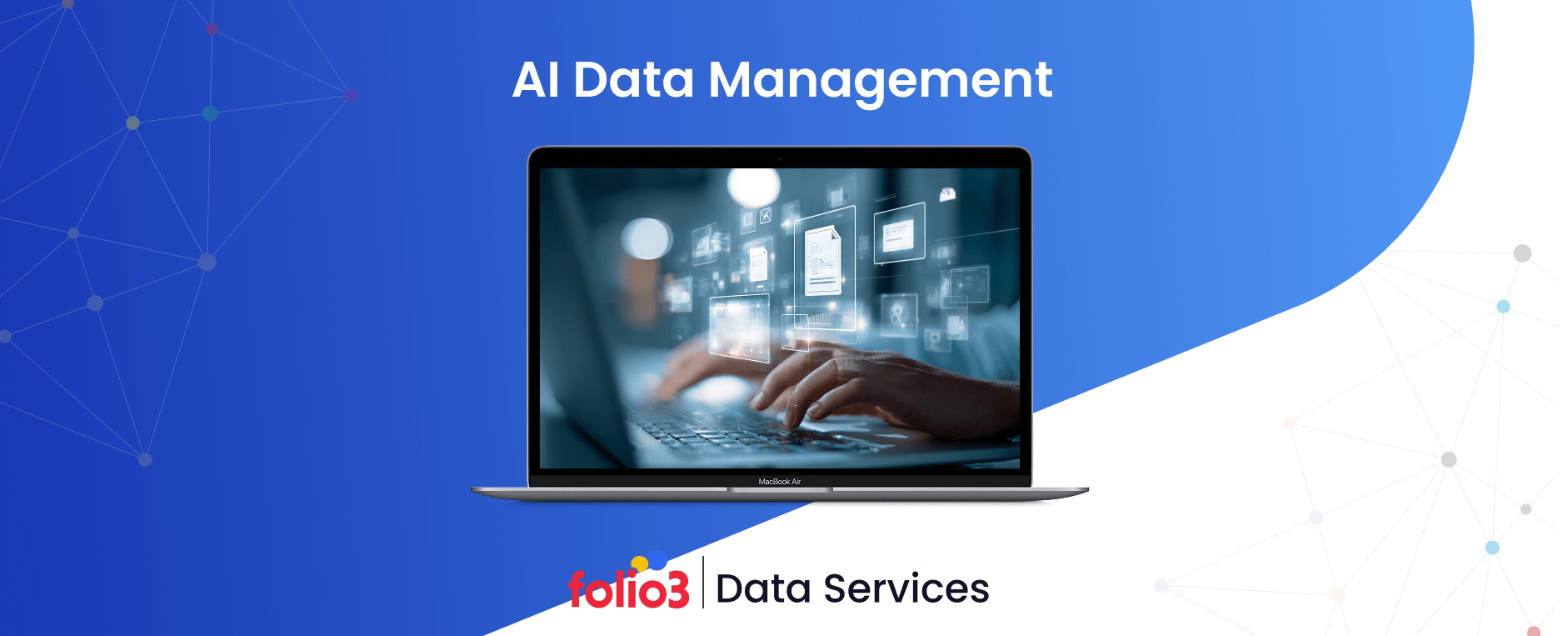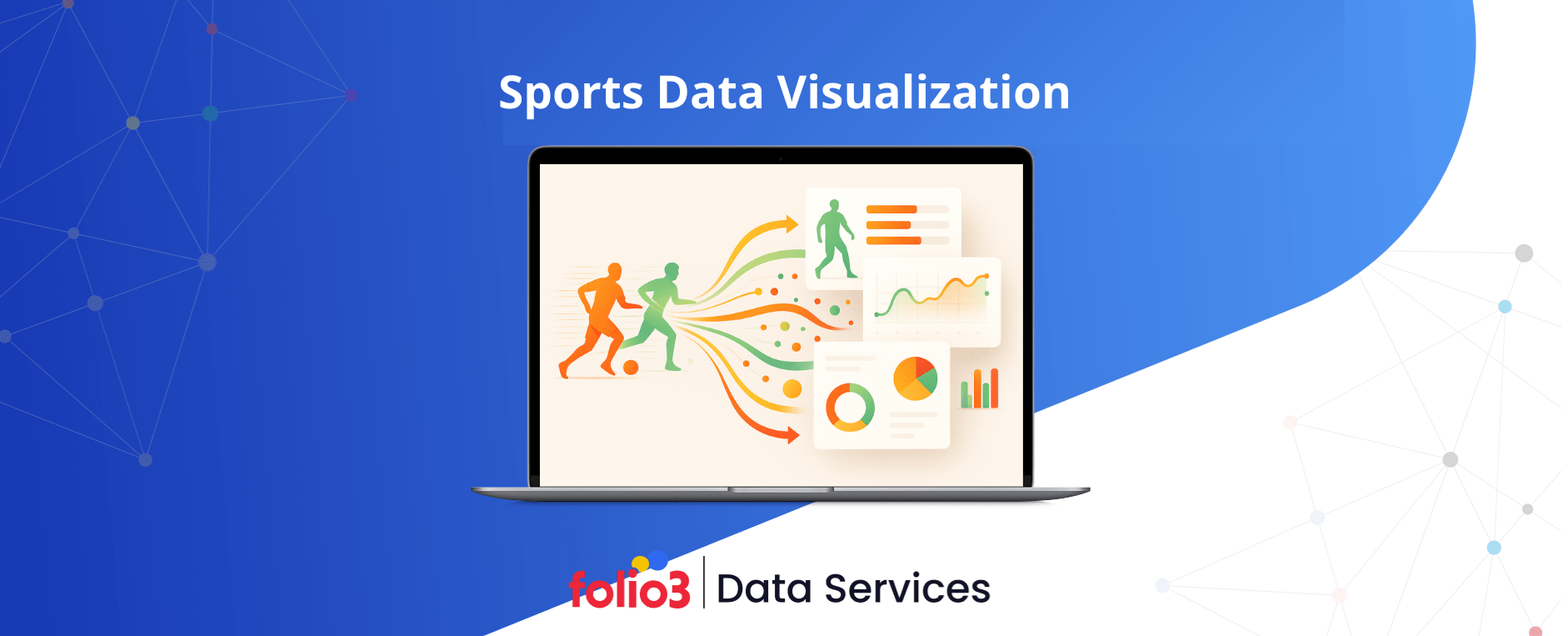Data is businesses’ most valuable asset in today’s fast-paced digital landscape. However, to fully harness data’s potential, companies must embrace data analytics modernization. This involves updating legacy data systems, migrating to modern infrastructure, and adopting advanced analytics practices.
Modernization supports scalability and flexibility and allows organizations to stay competitive using data-driven insights for better decision-making. With the advent of big data, AI, and cloud computing, modernizing data and analytics has become essential for maintaining business agility.
This blog will explore data and cloud analytics modernization, how it benefits businesses, the challenges it presents, and key implementation strategies.
What is Data Analytics Modernization?
Data analytics modernization refers to upgrading and transforming an organization’s data architecture, tools, and processes to be more agile, efficient, and capable of supporting advanced analytics.
Traditional data systems often need the ability to process and analyze large, complex datasets in real-time.
Modernizing these systems involves integrating cloud platforms, scalable storage solutions, and advanced analytics such as AI and machine learning.
This transition is critical for leveraging real-time insights, enhancing customer experiences, and improving operational efficiencies.
How Data Analytics Modernization Benefits Your Business?
Data and analytics modernization offers a range of transformative benefits for businesses. With the help of modern tools and technologies, companies can improve scalability, enhance customer experiences, and gain agility in adapting to market changes.
Modernized data systems also reduce costs, increase operational efficiency, and improve decision-making processes.
Additionally, they help foster a data-driven culture that empowers teams to leverage insights for strategic growth and innovation.

Scalability and Flexibility
One of the most significant advantages of data modernization is the ability to scale quickly and efficiently. Traditional data infrastructure often needs help with the growing volume, variety, and velocity of data. Modern solutions, particularly cloud-based platforms, offer scalability that adjusts to your business’s needs without expensive hardware upgrades.
This flexibility also extends to processing power, where you can allocate resources as necessary. Implementing data engineering consulting services helps ensure that the infrastructure is optimized for scalability and efficiency.
Better Customer Experience
Modern data systems enable real-time analytics, allowing businesses to understand customer behaviors more accurately and personalize offerings. This leads to better customer satisfaction and retention, as companies can tailor their products and services to meet individual needs through predictive insights and data-driven recommendations.
Developing data warehousing strategies allows businesses to store, retrieve, and process customer data efficiently, improving the overall customer experience.
Agility in Market Adaptation
In today’s competitive market, businesses must react quickly to changes in customer behavior, industry trends, and regulatory requirements. Modernizing data systems allows companies to adapt to these changes through real-time analytics, which helps them quickly identify new opportunities and mitigate risks.
A strategic data strategy consultation ensures that businesses align their data initiatives with market needs, fostering agility and quick adaptation.
Cost Reduction
While modernization requires upfront investment, it can lead to long-term cost savings. Modern data systems, particularly those utilizing cloud infrastructure, reduce the need for costly on-premises hardware and the associated maintenance.
Additionally, streamlined data processes lead to more efficient resource allocation and reduced operational overheads. Effective big data implementation can further reduce costs by optimizing how large volumes of data are processed and stored.
Increased Operational Efficiency
Modern data analytics frameworks automate various aspects of data management, such as data integration techniques, governance, and reporting. This frees up valuable human resources for more strategic tasks, allowing businesses to focus on innovation and growth.
Enhanced Decision-Making
With modern analytics and real-time data warehousing, decision-makers can access up-to-the-minute insights that were impossible with legacy systems. Advanced technologies like machine learning (ML) can identify patterns, predict future trends, and recommend actionable strategies, empowering leadership with more accurate and timely decisions.
Empowerment of a Data-Driven Culture
A modernized data system enables a more democratized approach to data access. Employees across departments can access and analyze data, fostering a culture where decisions are based on insights rather than intuition. This not only boosts productivity but also drives innovation at all levels of the organization.
What Are the Challenges?
While data analytics modernization offers numerous advantages, it also presents several challenges that businesses must address. Handling large volumes of diverse data, eliminating silos, and supporting advanced analytics like AI/ML can be daunting.
In many cases, organizations also face data lake challenges, such as managing unstructured data, ensuring governance, and maintaining data quality across massive repositories.
Additionally, companies often need help reducing data redundancy and managing team skill gaps. Below challenges require careful planning and execution to ensure a smooth and effective modernization process:

Handling Data Volume and Variety
As businesses generate more data from diverse sources, handling the sheer volume and variety of data becomes a significant challenge. Modernization requires a robust big data pipeline that supports large-scale processing while ensuring data quality and consistency across sources.
Data Silos Elimination
Legacy systems often create isolated data silos, making it difficult to obtain a holistic view of business operations. Data modernization requires breaking down these silos through integration, enabling cross-departmental collaboration and data sharing.
Supporting Advanced Analytics and AI
Implementing AI and advanced analytics capabilities is often a key goal of data modernization, but this requires robust data infrastructure. Companies must ensure their systems can handle complex algorithms, AI data extraction, and large-scale data processing to support AI initiatives effectively.
Reducing Data Redundancy
As businesses grow, redundant data accumulates across different systems, creating inefficiencies. Modernization should focus on streamlining data management processes, reducing redundancy, and ensuring that all data is accurate and up-to-date.
Addressing Skill Gaps and Training Needs
Introducing modern data tools and technologies often exposes skill gaps in the workforce. Employees may require extensive training in new data management systems, analytics tools, and advanced technologies like AI and ML. This can be a significant challenge for companies that have relied on legacy systems for years.
Key Pillars of Data & Analytics Modernization
Businesses need a strong foundation built on several key pillars for successful data analytics modernization. These include robust data integration and management practices, a scalable data architecture, a well-defined data strategy, and robust governance frameworks. Experienced data integration consultants can help organizations implement these foundational elements effectively, ensuring seamless connectivity across systems.
Advanced analytics, including AI and machine learning, also play a critical role in driving insights from modernized data systems. Together, the below crucial pillars support an efficient, secure, and forward-thinking approach to handling data in today’s fast-paced digital world:

Data Integration and Management
Modernization starts with integrating data from various sources into a big data platforms. This is crucial for providing a unified view of the data and eliminating silos. A robust data management framework ensures that data is consistent, accurate, and accessible for analytics.
Data Architecture
A modern data architecture is essential for supporting advanced analytics. This includes designing data lakes, data warehouses, and cloud-based solutions that can handle the scale and complexity of modern data environments. Additionally, the contemporary architecture allows for real-time data processing and analytics, which is critical for making timely business decisions.
Data Strategy
Developing a comprehensive data strategy is vital to successful modernization. This strategy should outline how data will be collected, processed, analyzed, and utilized to meet business objectives. It should also focus on aligning data practices with overall business goals, ensuring that the data analytics efforts drive meaningful outcomes.
Data Governance
Effective data governance ensures data quality, security, and compliance. Modernizing data governance involves setting up frameworks that manage data access, ensure data privacy, and comply with regulatory requirements like GDPR or HIPAA.
Advanced Analytics and AI/ML
Advanced analytics, including AI and machine learning, is a crucial driver of modernization. By making the most of these technologies, companies can gain deeper insights, automate complex processes, and unlock new opportunities for innovation.
For example, energy enterprises increasingly rely on digital oilfield analytics solutions to apply AI-driven models, optimize drilling operations, and enhance predictive maintenance, showcasing how advanced analytics directly drives efficiency and innovation in complex industries. The challenge lies in ensuring that the data infrastructure can support the computational power required for these advanced techniques.
Data Modernization Strategies
Data modernization is critical for businesses looking to stay competitive in today’s fast-evolving, data-driven world. However, simply upgrading systems or migrating data to the cloud is insufficient. Successful modernization requires a well-defined strategy tailored to an organization’s specific needs.
These strategies must ensure seamless data integration, real-time processing, and adoption of advanced analytics like AI and machine learning. Let’s explore various data modernization strategies, each designed to enhance scalability, improve operational efficiency, and secure data governance, positioning your business to leverage modern data capabilities fully:
Cloud Migration Strategy
Migrating data to the cloud is a cornerstone of modern data strategies. Cloud platforms offer scalability, flexibility, and cost-efficiency, allowing businesses to store and process large amounts of data without investing in expensive hardware. A well-executed cloud migration strategy enables seamless data access and analytics from anywhere worldwide.
Data Integration and Consolidation Strategy
Integrating data from multiple sources into a unified system allows for better insights and eliminates the inefficiencies caused by data silos. A solid enterprise data integration strategy ensures that all departments have access to a single source of truth, which is crucial for making informed decisions.
AI/ML Adoption Strategy
Incorporating AI and machine learning into your data strategy allows you to automate processes and generate predictive insights. A thoughtful adoption strategy should focus on identifying the proper use cases for AI/ML and ensuring that the underlying data architecture supports these advanced analytics tools.
Real-Time Data Processing Strategy
Modern businesses require real-time data collection and processing to stay competitive. Implementing such a strategy ensures that you can make swift decisions based on current data, providing a significant competitive edge in fast-moving industries like e-commerce and finance.
Data Governance and Security Strategy
As data becomes more integral to business operations, securing it is paramount. A comprehensive data governance and security strategy ensures that data is protected from unauthorized access and that compliance with regulations is maintained. This involves setting up policies for data usage, access control, and regular audits.
FAQs
How does modernizing data analytics improve customer experience?
By enabling real-time analytics and predictive modeling, modernized systems allow businesses to personalize services, understand customer behavior better, and deliver more tailored experiences.
What are the biggest challenges in data analytics modernization?
Common challenges include managing large volumes of diverse data, eliminating silos, reducing redundancy, integrating AI/ML, and addressing workforce skill gaps.
What is the purpose of data modernization?
Data modernization aims to upgrade legacy data systems to enable businesses to process, analyze, and leverage data more efficiently. The goal is to improve decision-making, enhance customer experiences, and drive operational efficiencies by using advanced data analytics tools and platforms.
How do we create a modernization roadmap?
A data modernization roadmap begins with assessing your current data infrastructure and identifying areas that need improvement. This involves setting goals for data integration, cloud migration, and advanced analytics capabilities. Additionally, the roadmap should outline timelines, resource allocation, and strategies for addressing challenges like skill gaps and data silos.
How does cloud migration support data modernization?
Cloud migration provides scalability, flexibility, and cost savings by eliminating expensive hardware, allowing seamless data storage, processing, and global access.
What are the key strategies for successful data modernization?
Effective strategies include cloud migration, data integration and consolidation, AI/ML adoption, real-time processing, and strong governance/security frameworks.
Conclusion
Data and analytics modernization represents a fundamental shift from rigid legacy systems to agile, intelligent frameworks that drive innovation and competitive advantage. Businesses that embrace modernization can unlock real-time insights, improve efficiency, and foster a data-driven culture that empowers growth.
The future belongs to organizations that harness cloud, AI, and advanced analytics to stay ahead in a fast-paced digital landscape. Achieving this transformation requires more than just technology upgrades—it demands the right strategy and expertise.
Folio3 Data Services helps businesses modernize their data ecosystems, integrate advanced analytics, and implement scalable solutions that align with evolving needs.
As one of the best data analytics services for businesses, Folio3 empowers organizations to transform raw information into actionable intelligence. Start modernizing your data today to turn information into a strategic advantage for tomorrow.





